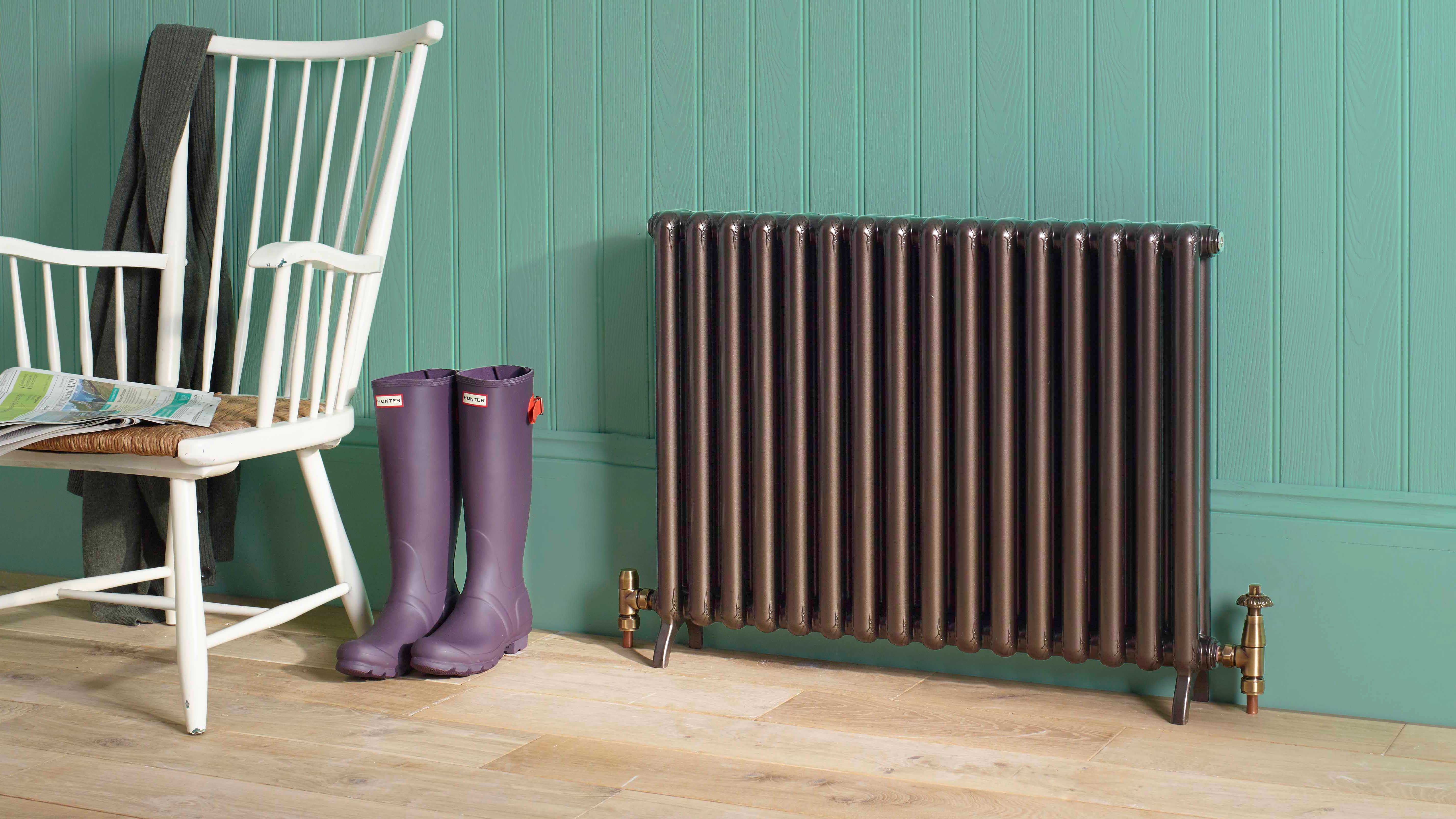HVAC (Heating, Ventilation, and Air Conditioning) methods work by controlling the temperature, humidity, air high quality, and airflow within a building or enclosed area. These techniques are designed to maintain a snug and wholesome indoor environment. Here's how an HVAC system usually works:
1. Heating:
During the heating season, the HVAC system extracts warmth from a warmth supply and distributes it all through the constructing. There are several varieties of heating methods, including:
Furnace: Furnaces use pure gas, oil, electricity, or different fuels to generate warmth. The heat produced warms the air, which is then distributed via ducts using a blower.
Boiler: Boilers warmth water to provide steam or scorching water, which is then circulated by way of radiators, baseboard heaters, or radiant floor systems to supply heat.
Heat Pump: Heat pumps can provide both heating and cooling. read more switch heat between the indoor and outdoor items, extracting warmth from the skin air (even in chilly weather) and pumping it indoors.
2. Ventilation:

Proper air flow is crucial for indoor air high quality. HVAC methods present ventilation by exchanging indoor air with recent out of doors air. Ventilation systems remove pollution, management humidity, and replenish oxygen. There are totally different strategies of air flow, including:
Natural Ventilation: Opening windows and doors to let contemporary air in and stale air out.
Mechanical Ventilation: Using followers and ducts to regulate the circulate of air, guaranteeing sufficient ventilation in various components of the constructing.
3. Air Conditioning:
During the cooling season, HVAC systems take away warmth from indoor air and release it outside. Air conditioning methods use refrigerants to cool and dehumidify the air. The cooling course of involves a number of components:
Evaporator Coil: Warm indoor air is blown over the evaporator coil, where the refrigerant contained in the coil absorbs warmth from the air. The cooled and dehumidified air is then circulated again into the constructing.
Condenser Coil: The refrigerant carrying the absorbed warmth is pumped to the out of doors unit (condenser), where the heat is launched into the out of doors air.
Compressor: The compressor increases the stress and temperature of the refrigerant, facilitating the heat exchange process.
Expansion Valve: The growth valve reduces the strain of the refrigerant, causing it to expand and cool quickly, making ready it for the subsequent cycle.
4. Air Distribution:
HVAC systems use ducts and followers to distribute conditioned air all through the building. Ductwork carries heated or cooled air to numerous rooms, and fans guarantee the proper circulation of air.
5. Thermostat Control:
A thermostat acts as the management center of the HVAC system. It senses the indoor temperature and, primarily based on the set temperature, indicators the system to warmth or cool the air until the specified temperature is reached.
Regular maintenance, proper sizing, and proper installation are crucial for the efficient operation of an HVAC system, making certain optimal comfort, energy efficiency, and indoor air quality..
